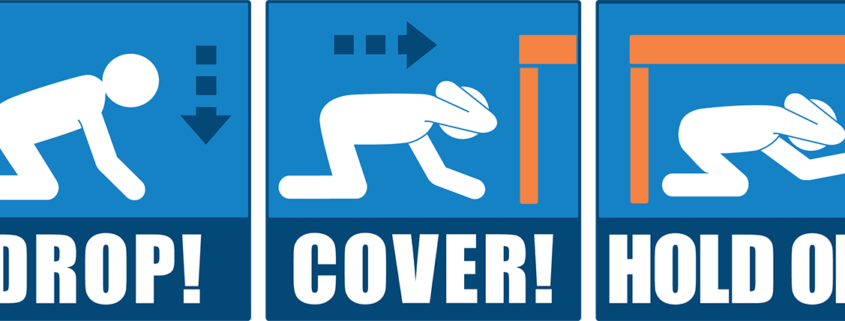Earthquake Preparedness in California: Staying Ready in Shake Territory
Californians know all too well that they live in one of the world’s most seismically active regions. With the San Andreas Fault, among others, slicing through large parts of the state, earthquakes are a natural, albeit unsettling, part of life. Preparing for these inevitable events is essential for personal safety and property protection. In this blog, we’ll outline steps to enhance your earthquake preparedness in the Golden State.
Understanding the Risk
The first step in preparedness is understanding. Recognize that in California, no place is entirely immune to earthquakes. Some regions may experience them more frequently or with greater intensity, but the risk is statewide.
Building an Earthquake-Ready Home:
- Secure Heavy Items: Anchor bookcases, refrigerators, and other tall or heavy furniture to walls to prevent them from toppling.
- Flexible Fittings: Use flexible connections where gas lines meet appliances. This flexibility can reduce the risk of a gas leak.
- Safe Spacing: Avoid placing heavy objects on high shelves and keep breakables in closed cabinets with latches.
- Inspect Your Home: Regularly check the foundation, roof, and walls for cracks or weaknesses. If you identify any structural issues, consult a professional.
Preparing an Emergency Kit:
Ensure you have an emergency kit specifically tailored for earthquakes, containing:
- Water (a gallon per person per day for at least three days)
- Non-perishable food
- A flashlight with extra batteries
- A first aid kit
- Essential medications
- A multi-tool or Swiss army knife
- Copies of personal identification and important documents
- Cash in small denominations (ATMs might be out of service)
- A whistle to signal for help
- Sturdy gloves to protect your hands while moving debris
Safety First During an Earthquake:
- Drop, Cover, and Hold On: Drop to your hands and knees, cover your head and neck (and your entire body if possible) under a sturdy table or desk, and hold on until the shaking stops.
- Stay Indoors: If you’re inside, stay there. Many injuries occur when people enter or exit buildings.
- Stay Away from Windows: Glass can shatter and cause injuries.
- If Driving: Pull over to a safe spot, away from overpasses, bridges, power lines, and trees. Remain in the vehicle until the shaking stops.
Post-Earthquake Measures:
- Check for Injuries: Before you do anything, ensure you and your loved ones are okay. Provide first aid as necessary.
- Expect Aftershocks: These smaller tremors can follow the main quake. Be ready for them.
- Inspect Your Home: Check for gas leaks, damaged electrical wires, and structural damage. If you suspect a gas leak, turn off the main gas supply and evacuate.
- Listen to the Radio: Battery-operated or hand-crank radios can provide emergency updates when the power is out.
- Communicate: Have an emergency communication plan with family members. Texting may work even if voice calls don’t.
- Evacuate if Necessary: If your home is unsafe, get everyone out. Use your emergency supplies or go to a designated public shelter.
Living in California comes with its unique set of challenges, especially when it concerns natural disasters like earthquakes. However, with the right level of preparation and awareness, you can greatly increase your chances of weathering the next big quake with minimal harm. Remember, preparedness is not just a one-time task but a continuous process of learning and adapting. Stay safe, and stay prepared!
- National Safety Month: Why Now is the Time to Reassess Your Security - June 24, 2025
- Memorial Day Camping Safety Tips - May 20, 2025
- The Risks of Hiding Spare Keys & Smarter Alternatives - April 24, 2025



